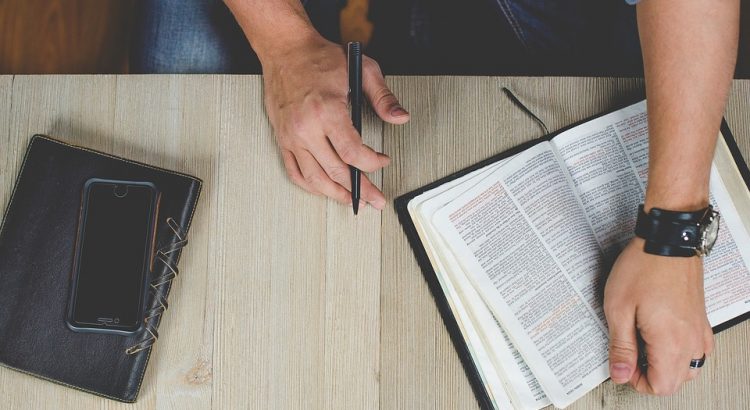After and Behind are synonymous adverbs, prepositions, and adjectives when they mean following upon, especially in place or in time. They are rarely interchangeable, however, without a loss of precision. With reference to place after usually implies order of movement or sequence and characteristically goes with verbs or nouns implying motion.
- the faculty marched in pairs, one after another
So used, after not only conveys no suggestion of precedence in order of following, but it may, by stressing pursuit, even obscure its common implication of succession; to run after a person is to attempt to overtake him.
When, as often happens, after is used with verbs of rest, the implication of movement or sequence is rarely lost but is transferred to the object or is to be gathered from the context; one stays after the others (who have left); one calls after a person (who is walking ahead); one looks after the children of a friend (who is away, ill, or engaged).
In the same connection behind characteristically implies a position at the back of something at rest.
- the chair is behind the door
- the men seated themselves behind the women
- the garden is behind the house
When, however, the reference is to something moving, behind usually adds the implications of delay, lagging, or immobility; to run behind another is to be outstripped; to be left behind is to be outstripped or to remain when others have departed.
With reference to time, after is in far more frequent use than behind and is the required choice when only subsequence is implied.
- who ruled after James I ?
- after one o’clock no one may leave the room
When behind is used in this connection, it usually implies a time when someone or something is due according to a schedule, a system, or a normal order of progression. Consequently it implies variously lateness, backwardness, or falling in arrears.
- you are two hours behind schedule
- theory often runs behind practice
